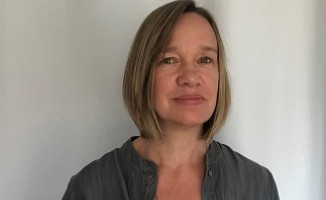Seonaid Stallan lost both her son and sister in law to suicide, and is now campaigning to see families in similar situations given better support
Arriving back from a short trip, we were met by police at the airport. Our world was about to collapse. “Your son Dylan has taken his own life.”
It’s hard to remember exactly what happened next. We were driven home by two young police officers who handed us a number to call for information. They left quickly, I remember thinking how shocked and upset they looked. We were on our own.
There is no manual to guide you through what to do next. There was no offer of support from police or health professionals. It was left to our devastated friends and family to try and support us emotionally and practically through the next few days and weeks: mortuary visits, post-mortem, funeral preparations. We were all in shock trying to make sense of what had happened. Three weeks later, confused and grieving, my sister in law Vanessa took her life.

More than two years have passed now since we lost Dylan and Vanessa and I still wake every day wondering how this could have been possible. Could things have been different? How can we prevent this happening to other families?
Dylan was 18 when he took his life. Few people knew that he had been suffering from Body Dysmorphic Disorder, social anxiety and depression for several years.
As a loving family we kept our issues close, never feeling that we need reveal our private struggles beyond a close few. We tried to respect our son’s wishes by not telling people he was struggling with his mental health. Without realising it, by keeping his secret, we had validated his feelings of shame. Would we have done the same had he been suffering from diabetes, cancer or heart disease?
Dylan’s illness had crept up slowly through his teens. He’d never learned about mental health or ill health. He didn’t have a vocabulary to describe how he was feeling. He didn’t understand when his thoughts and feelings had become unhealthy, or when or how to ask for help. He’d never heard of social anxiety or body dysmorphic disorder. By the time he did ask for help he was already very ill.
Astonishingly, despite 75% of mental health problems starting before the age of 18, mental health is not openly talked about in schools and is not a standard part of the curriculum. If it was, then perhaps Dylan would have understood better what was happening. He may have been able to speak more openly with his friends. He may have asked for help earlier. I am certain that he would have felt less alone. Perhaps it could have saved his life.
Suicide is the second biggest killer of 15- 29 year olds. We need to start talking and teaching about mental health and ill health at school as part of suicide prevention. We need to actively support devastated families bereaved by suicide. Suicide is preventable!






